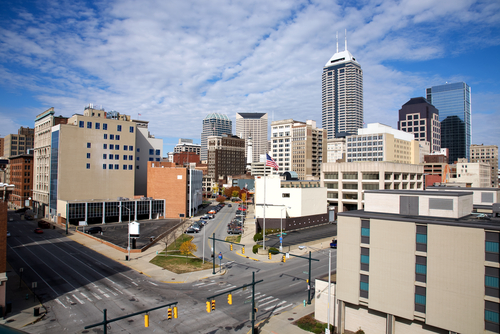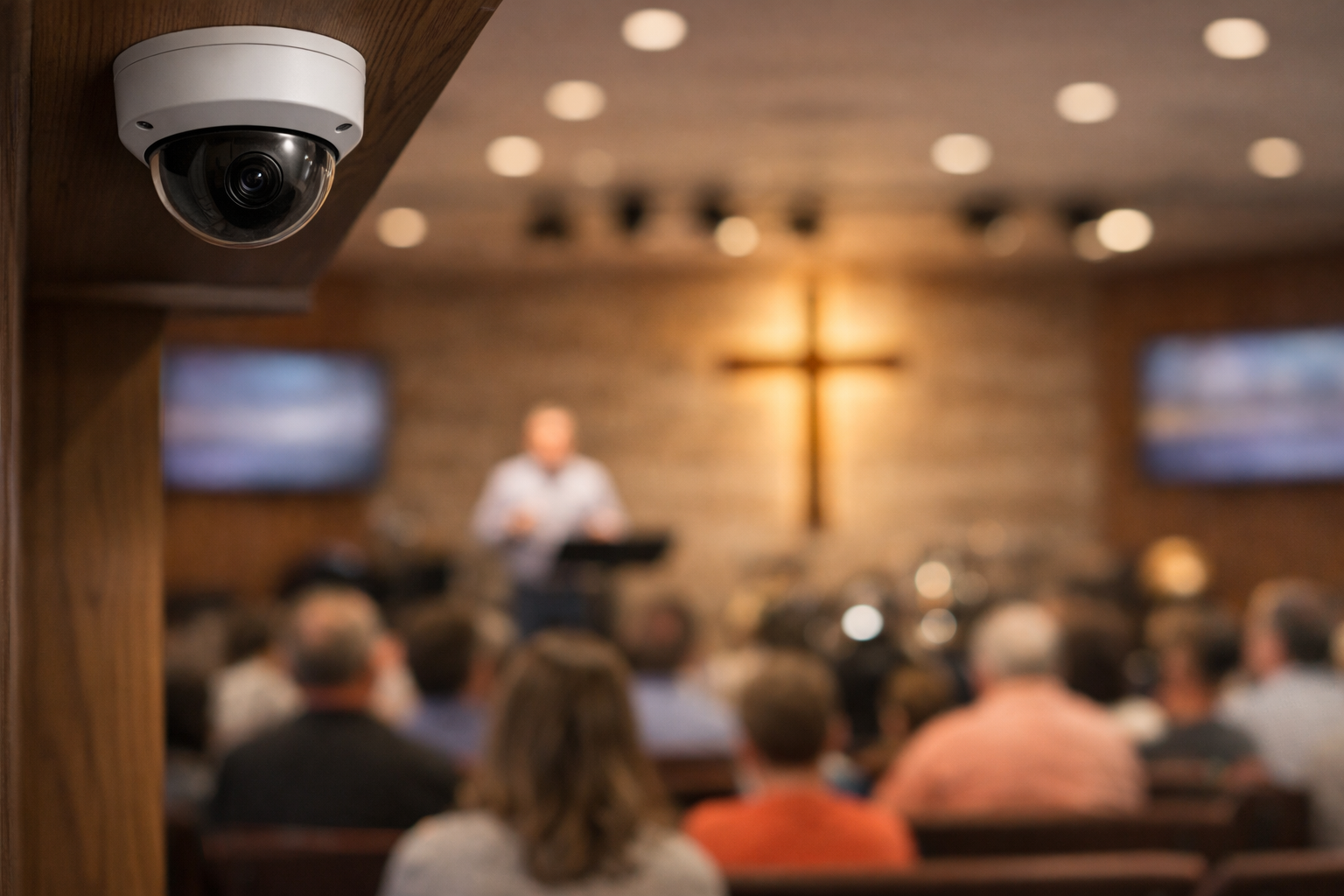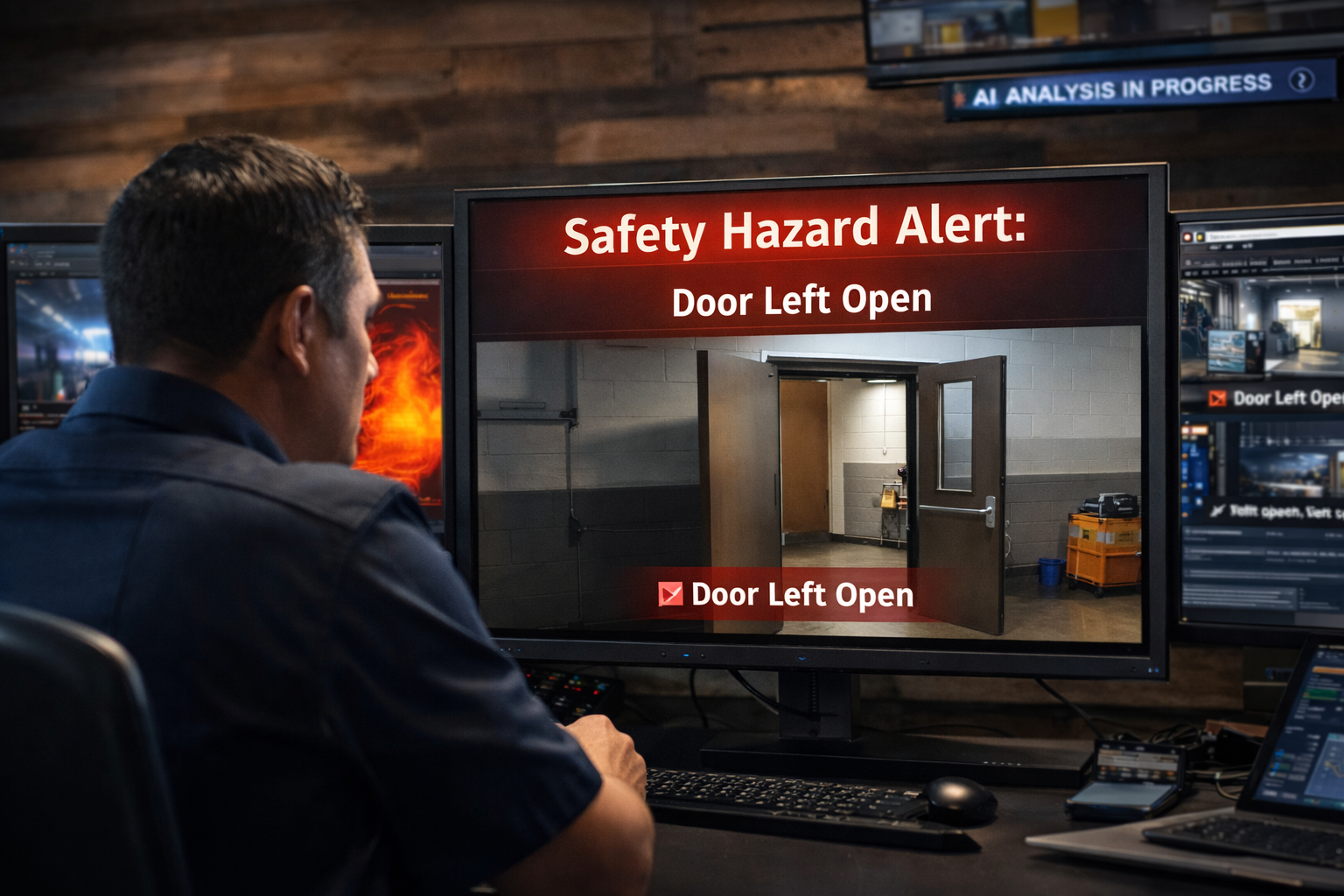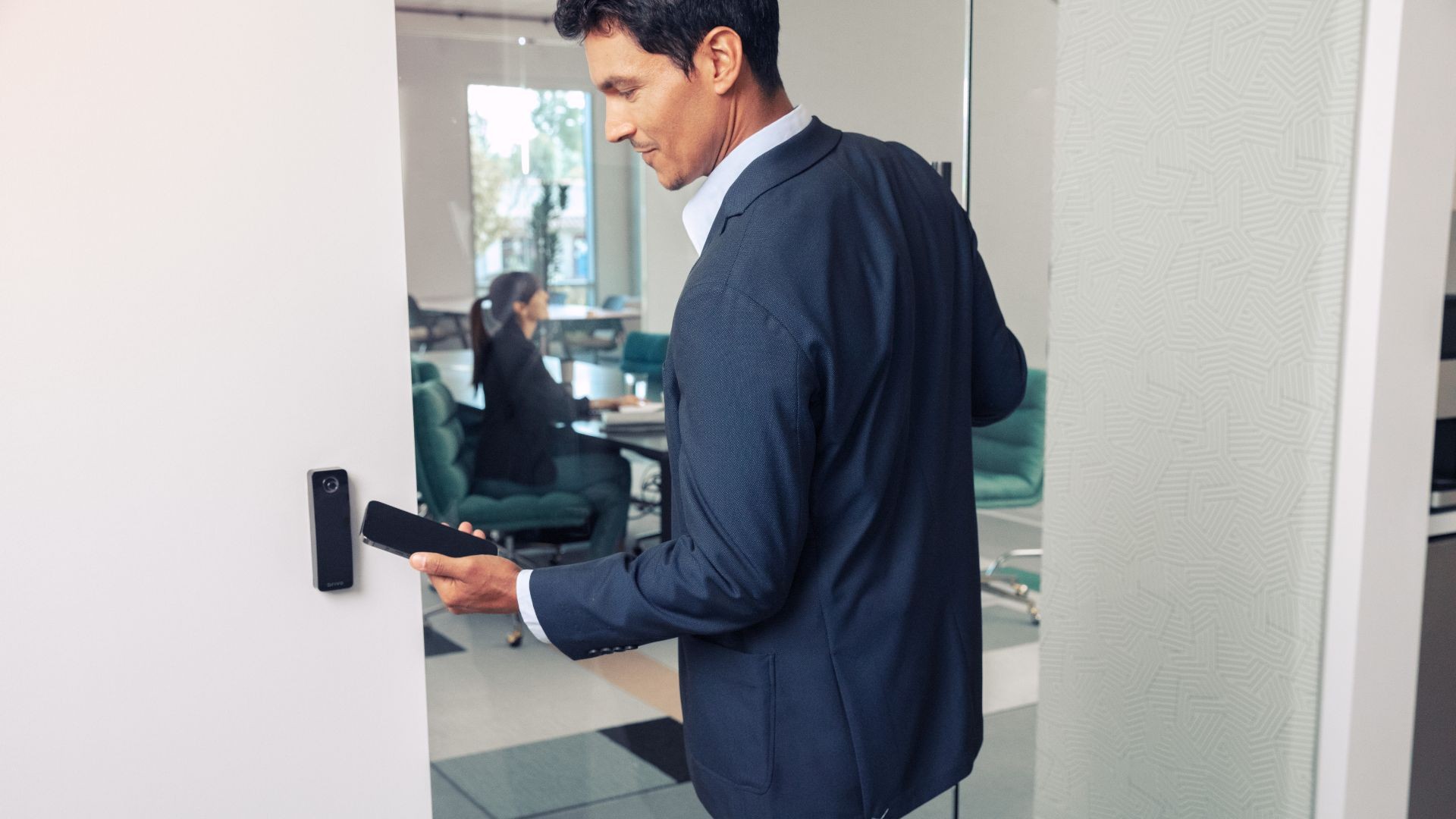Since Hoosier Security is based in Downtown Indianapolis, we often get the opportunity to
secure historic buildings. These include structures with limestone facades and other challenging
aesthetic features.
We’re well-suited for these situations because we look at every project with a fresh perspective,
and we always respect a building’s unique attributes. We do careful walkthroughs of the
property, talk with clients about specific concerns, and create design models with our 3D
software to arrive at the best solution. And our security systems never compromise a building’s aesthetic or look.
Here are some options to consider when designing security systems for historic buildings:
- Recessed burglary sensors in doors, keeping them hidden from view
- Encrypted wireless contacts and motion detectors that provide secure sensors while limiting problematic wire runs
- Glass-break sensors serving in place of multiple window contacts, or as a second layer of protection covering multiple windows with one sensor
- Recessed glass-break sensors hidden inside ceilings or walls
- Hidden panels and keypads, and the use of remote connections and interactive functions to arm and disarm the system from mobile devices
Access control systems are usually a component of security systems in older buildings. When designing and installing an access control system, here are a few things you’ll want to remember:
- Because crash bars are often required by code, use an electrified option to avoid further modification of doors and frames.
- You should work with architectural door hardware experts to provide solutions that don’t
compromise the aesthetics of openings. - Wireless locks with built-in controllers on interior doors eliminate costly and risky wire runs.
- If possible, use existing network infrastructure to bring video intercoms and door phones into work areas.
If you’re planning on adding a surveillance system as part of your security package, here are a few things you’ll want to think about if you’re in a historic building:
- Drilling through stone or brick that’s been in place for a long time can be difficult. Use the mortar joints to avoid damaging expensive facade materials.
- Ensure that camera selection is precise by using 3D modeling and lens/chip selection to define specific views ahead of time, and render them for approval before installation.
- Explore alternative wire routing to limit exposure in areas that may have asbestos or other hazardous materials.
- Leverage distributed IP infrastructure to create backbones of video data that spider out to multiple cameras from an appropriate location.
When securing an older building, make sure you pick a contractor that has experience working on these types of projects. Change orders are costly, and the unpredictable nature of historic construction lends itself to expensive changes when contractors find something unexpected.
Doing the job the right way is critical—especially with older and historic buildings. You can rest assured that’s what will happen when you work with Hoosier Security. We’ll listen to your concerns, respect your building, and give you the right solution for your property.
Want to learn more about how we can help secure your historic building? We’d love to talk—contact us today.









